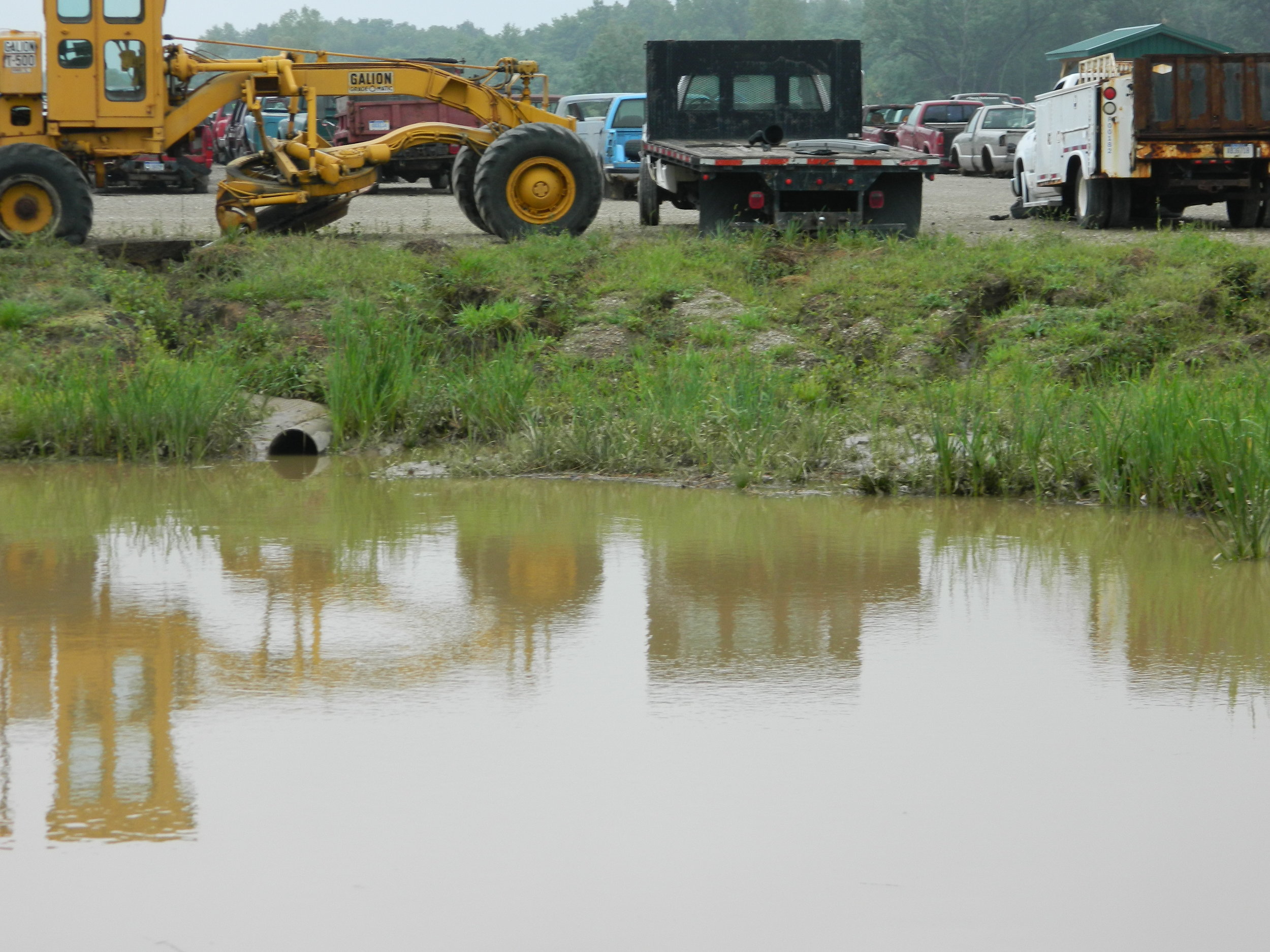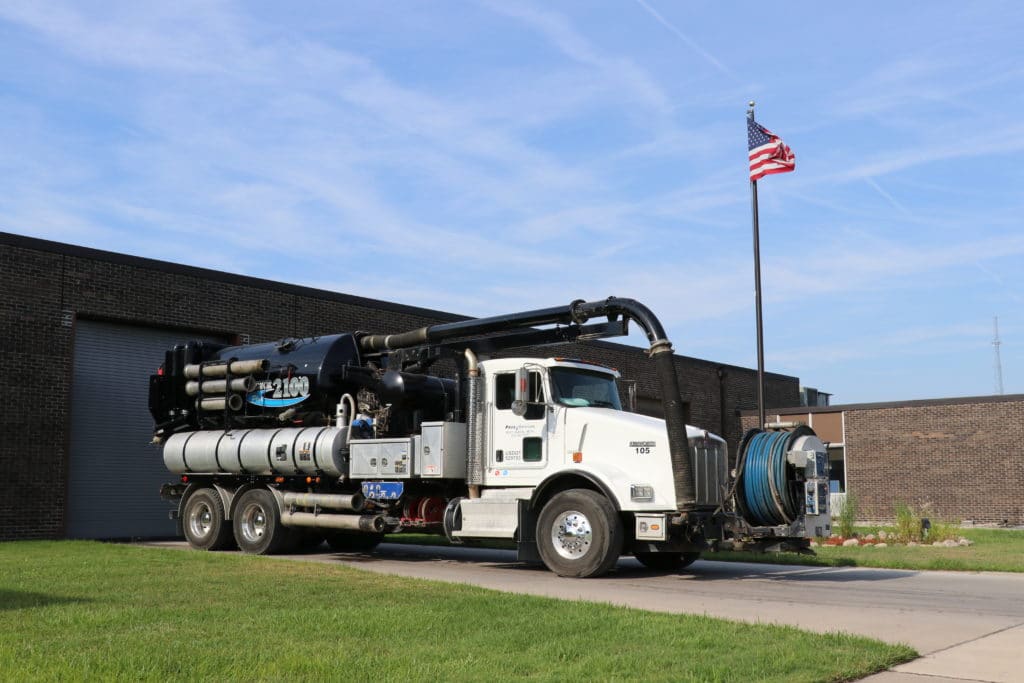Comprehending the Comprehensive Refine of Liquid Waste Disposal: Finest Practices and Environmental Effect Factors To Consider
The monitoring of liquid waste disposal is a multifaceted issue that calls for a complete understanding of numerous finest methods and their connected ecological effects. From the types of liquid waste created to the methods employed for collection, therapy, and last disposal, each step plays an essential duty in guarding ecological communities and public wellness. As regulative criteria develop and innovation developments, the discussion around these procedures ends up being significantly important. What ramifications do these adjustments hold for future sustainability initiatives, and just how can stakeholders ensure that they are sufficiently dealt with?
Kinds Of Liquid Waste
Comprehending the different kinds of liquid waste is essential for efficient administration and disposal techniques. Liquid waste can be extensively classified right into a number of types, each needing one-of-a-kind handling and treatment methods.
Industrial fluid waste usually has unsafe materials, consisting of hefty steels, solvents, and chemicals, produced during making processes. These wastes require rigorous governing compliance to protect human health and wellness and the atmosphere. Domestic fluid waste mainly refers to wastewater produced from houses, including sewer and greywater, which, although much less toxic, can still present significant threats if improperly handled.
Agricultural fluid waste, including overflow from ranches, typically has plant foods and pesticides that can cause environmental deterioration otherwise dealt with properly. Medical fluid waste, produced from health care centers, consists of infected liquids such as physical fluids and chemicals, requiring specialized disposal methods to stop infection and environmental contamination.
Lastly, oil and grease waste, usually created by dining establishments and automobile markets, can cause severe clogs in sewage system systems if not taken care of effectively. Recognizing these classifications helps with targeted methods for treatment, conformity with regulations, and effective disposal approaches, inevitably promoting environmental sustainability and public health and wellness safety.

Collection Approaches
Efficient collection methods are important for the appropriate administration of fluid waste, making certain that it is collected safely and effectively prior to therapy or disposal. Various strategies are employed relying on the sort of fluid waste produced, the quantity, and the details qualities of the waste.
One usual approach is using dedicated collection storage tanks or sumps, which are designed to record liquid waste at the resource. These systems usually include pumps that promote the transfer of waste to larger storage space containers or treatment centers. Additionally, mobile collection devices furnished with vacuum technology are utilized in circumstances where waste is created intermittently or in hard-to-reach areas.
For industrial setups, closed-loop systems can successfully minimize spills and leaks, enabling the recuperation and reuse of liquid waste. It is additionally essential to train workers on correct collection protocols to minimize dangers related to unsafe materials.
In addition, carrying out normal upkeep schedules for collection devices makes sure optimal performance and safety and security. The assimilation of sophisticated monitoring systems can improve collection efficiency by providing real-time data on waste degrees and prospective threats. On the whole, efficient collection methods are fundamental to lasting fluid waste management practices.
Treatment Processes
Therapy procedures play an important duty in the monitoring of liquid waste, transforming possibly unsafe products right into multiple-use sources or secure effluents - liquid waste disposal. These procedures can be extensively categorized into physical, chemical, and biological techniques, each customized to address particular contaminants present in the waste stream
Physical therapy approaches, such as sedimentation and filtration, work by getting rid of put on hold solids and particulate matter. These methods are usually the primary step in the therapy chain, properly lowering the load on succeeding procedures. Chemical treatments include making use of reagents to counteract unsafe compounds, precipitate hefty metals, or oxidize organic contaminants, thereby boosting the safety and security of the effluent.
Organic treatment procedures, including activated sludge systems and anaerobic food digestion, profit from the natural abilities of microorganisms to degrade organic issue. These methods are specifically reliable for wastewater having naturally degradable contaminants. Advanced therapy technologies, such as membrane layer filtration and progressed oxidation procedures, are progressively used to achieve greater degrees of filtration.
Integrating a mix of these treatment techniques not only guarantees compliance with governing standards yet additionally advertises environmental sustainability by recuperating beneficial resources from liquid waste.
Disposal Options
Just how can organizations guarantee the responsible and secure disposal of fluid waste? Effective disposal alternatives are critical for guarding public wellness and the environment. The main approaches consist of land incineration, therapy, and disposal followed by discharge right into municipal wastewater systems.
Land disposal entails the careful control of liquid waste in marked landfills, ensuring that it does not leach into bordering dirt or water. Incineration, on the other hand, topics fluid waste to heats, transforming it into ash and gases, which need proper filtration to minimize exhausts. This technique is ideal for hazardous wastes that can not be dealt with with typical ways.
In instances where fluid waste can be Recommended Reading treated, organizations might select chemical or biological therapy procedures to reduce the effects of dangerous parts prior to discharging the dealt with effluent into community systems. This path typically lines up with regulatory requirements, ensuring that the effluent fulfills safety and security standards.
Eventually, organizations must carry out comprehensive assessments of each disposal alternative to establish its practicality, considering variables such as waste structure, regulatory conformity, and prospective risks to health and wellness and the atmosphere. By selecting proper disposal approaches, organizations can add to an accountable waste monitoring approach.
Environmental Impact
The ecological influence of liquid waste disposal is a crucial factor to consider for companies looking for to lessen their environmental footprint. Additionally, the discharge of neglected or inadequately treated waste into surface waters can result in eutrophication, leading to oxygen deficiency and the subsequent click here to read fatality of fish and various other microorganisms.

To reduce these influences, organizations should embrace best techniques such as executing rigorous waste therapy procedures, advertising recycling and reuse, and sticking to regulatory criteria. By taking an aggressive technique to liquid waste administration, entities can dramatically minimize their environmental footprint while sustaining sustainable development goals. Ultimately, a thorough understanding of the ecological impacts associated with fluid waste disposal is vital for informed decision-making and liable stewardship of all-natural sources.
Conclusion
Reliable administration of liquid waste is important for protecting ecological stability and public health. By taking on ideal methods in therapy, collection, and disposal, alongside adherence to regulative standards, the potential for harmful contamination of ecological communities can be substantially decreased. Continual improvements in innovation and procedures contribute to lasting waste management initiatives. Eventually, a thorough understanding of liquid garbage disposal not just reduces environmental effects yet also promotes a commitment to liable resource administration and environmental stewardship.
The management of liquid waste disposal is a diverse problem that calls for an extensive understanding of different ideal practices and their associated environmental impacts. From the kinds of fluid waste created to the methods employed for collection, treatment, and last disposal, each action plays a vital function in securing ecological communities and public health.The environmental effect of liquid waste disposal check my reference is an important factor to consider for companies seeking to reduce their environmental footprint. Eventually, a detailed understanding of the environmental influences connected with fluid waste disposal is necessary for informed decision-making and liable stewardship of all-natural sources.
Eventually, a comprehensive understanding of liquid waste disposal not only mitigates environmental influences yet also fosters a dedication to liable resource management and ecological stewardship.
Comments on “Industrial Wastewater Treatment: Customized Solutions for Complex Wastewater Challenges”